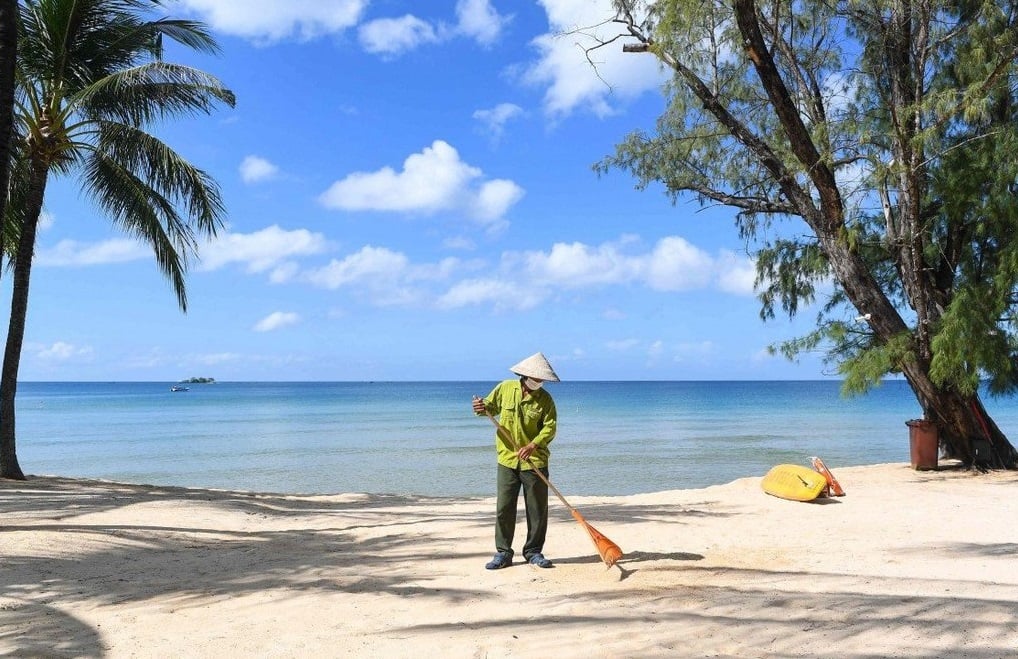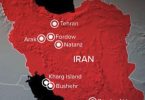For a seaside district in northern Okayama Prefecture, a local delicacy is literally proving to be its oyster.
Oysters have long been a local favorite in the Hinase region in Bizen, and the explosive popularity of its oyster okonomiyaki pancakes is attracting visitors from around the country.
Okayama Prefecture boasts the nation’s third-largest harvest of cultivated oysters following Hiroshima and Miyagi prefectures. Hinase accounts for more than half of the prefecture’s oyster harvest.
The number of tourists visiting the Hinase district, which includes the Hinase Islands in the Seto Inland Sea, rose from 300,000 in 2000 to 350,000 in 2006, even though the area has no tourist spots of note, according to the Okayama prefectural government.
Vehicles bearing license plates from Osaka and Nara as well as Himeji, Hyogo Prefecture, have become commonplace in the area as word spreads about the tasty pancake with juicy oysters in it.
The pancakes are known by the brand name “Kaki-oko,” with “kaki” meaning oyster and “oko” an abbreviation of okonomiyaki.
The pancake’s rise to national prominence can be traced back to a trip in 2001 to the area by an Okayama prefectural government employee, who was so taken with the curious okonomiyaki that he ordered for lunch, that the next year, in January, several residents in Hinasecho founded, half in jest, a study group on the local delicacy.
After his tasty lunch, the prefectural government employee, Yasuomi Ebashi, 47, invited his colleague Chiharu Taniwaki as well as Masahiko Kawahira, who was working for the prefectural government on loan from the then Hinasecho town office, to find out how many restaurants served oyster okonomiyaki in the Hinase district.
Taniwaki, 36, and Kawahira, 33, who both live in the area, did not share Kawahira’s enthusiasm for the dish–after all, they had been eating it for years and oysters were nothing out of the ordinary. Undeterred, Ebashi dragged his family and some other people to the area on several occasions to share his “secret” with them.
The study group, which included Kawahira and Taniwaki as members, found that five restaurants served oyster okonomiyaki, and it coined the “Kaki-oko” brand.
During his lunch breaks, Kawahira drew a map showing the locations of the Kaki-oko restaurants in the district.
The group’s burgeoning activities were featured in magazines and TV programs, and subsequently released T-shirts, banners, badges and character goods to make a pitch for the oyster pancake.
The characters Kaki-o and Kakiko were designed by Ebashi’s now 13-year-old daughter, Mowa, in 2003.
One banner displayed in the area reads, “Hinase’s new specialty,” while another reads, “Horiteki Umai!” (“very delicious” in the local dialect).
Streets in the district that were once only a place where elderly citizens could be seen are now being livened up by young female visitors and couples on dates.
The number of tourists making a beeline to Hinase is believed to be significant. One person even flew from Tokyo to a nearby airport and then caught a taxi to come and sample the local treat.
“Tourists turn up even though they have to spend a lot more than the price of okonomiyaki just to get here,” Kawahira said. “I never imagined oyster okonomiyaki would become such an invaluable tourist attraction.”
In October, the group created a “Kaki-oko Gold Badge” to be given to anyone who eats Kaki-oko at all the restaurants on the map.
A week later, a man from Kanagawa Prefecture became the first recipient of the badge.
While many of the study group’s activities are light-hearted, it is not shirking the serious issue of quality control.
The group says any restaurant that sniffs at customers’ complaints passed on by the group could be dropped from the map. The group also advised restaurants to place chairs for customers queuing outside.
The group’s work is far from done–it is also considering innovating some speciality souvenirs of the district related to the Kaki-oko.
The former Hinasecho has merged with the city of Bizen and the town of Yoshinagacho, but the Hinase district has outpaced the rest of the city in terms of recognition and visitors.
The number of oyster okonomiyaki restaurants, including one that transformed itself from a bookstore to ride the Kaki-oko wave, carried on the group’s map has now increased to 10.
Meanwhile, some Hinase restaurants are taking the oyster concept and running with it. Offbeat items found on some menus include deep-fried oyster-topped soft ice cream, fried oyster bowl and oyster rice. More strange goodies could be in store.
“We’re looking forward to seeing the variety of oyster dishes grow,” one member of the group said.
yomiuri.co.jp






















